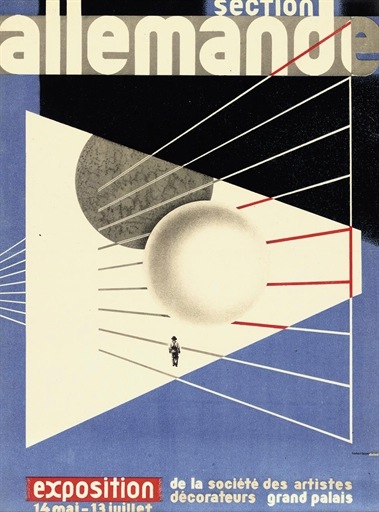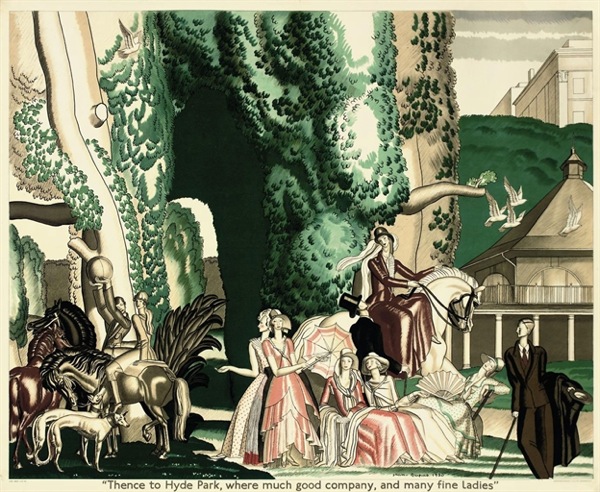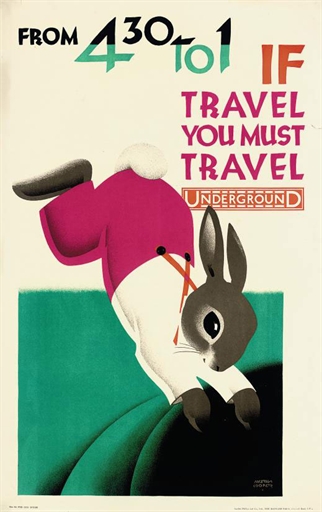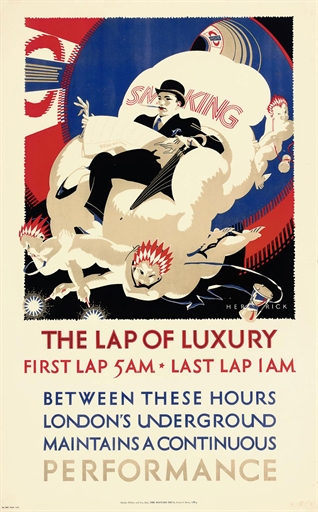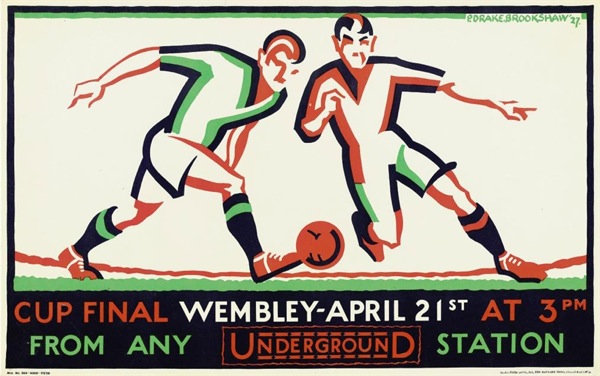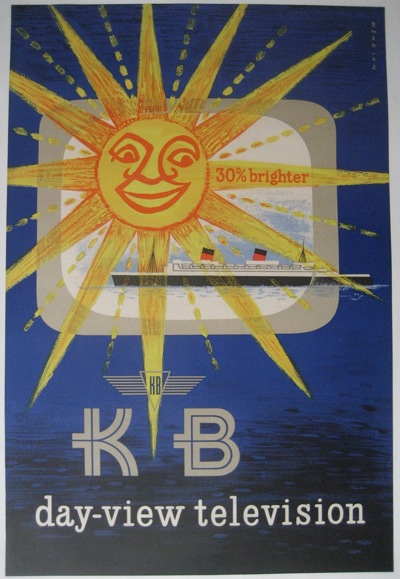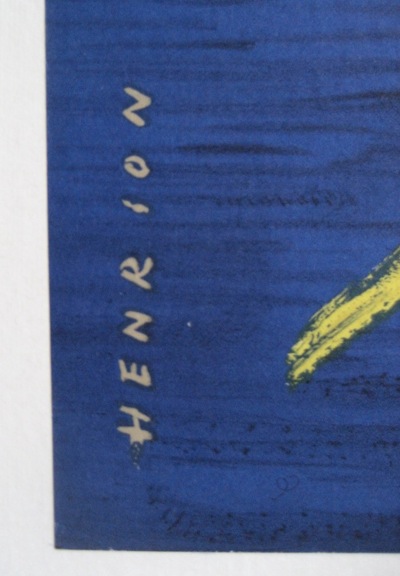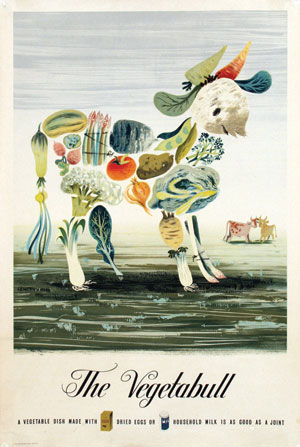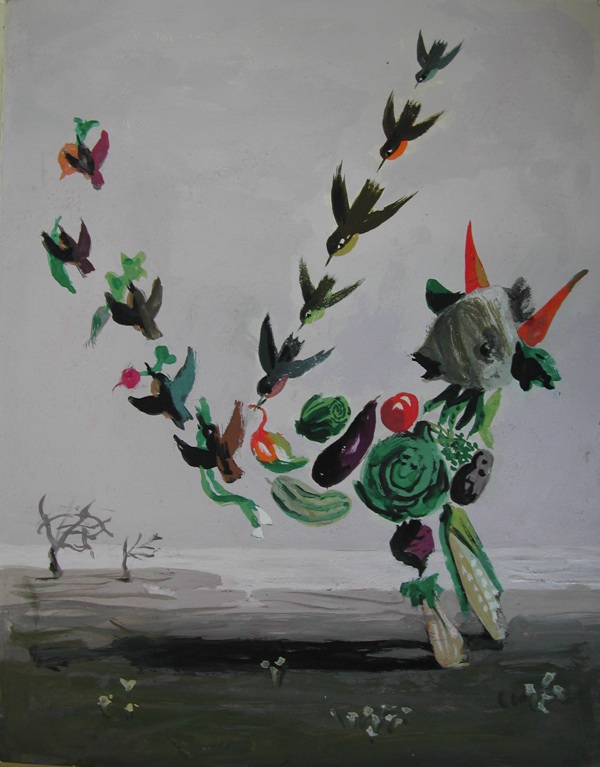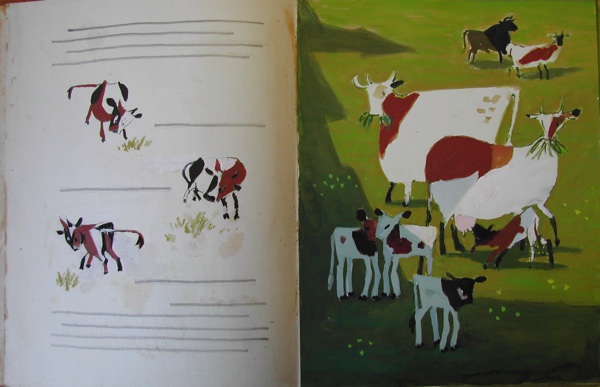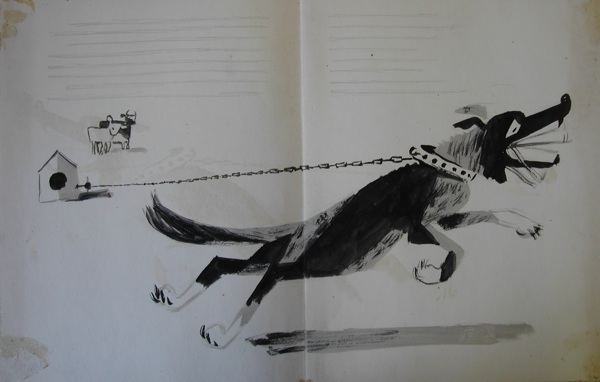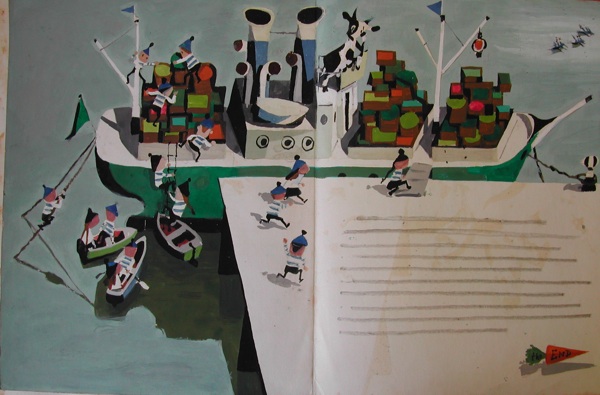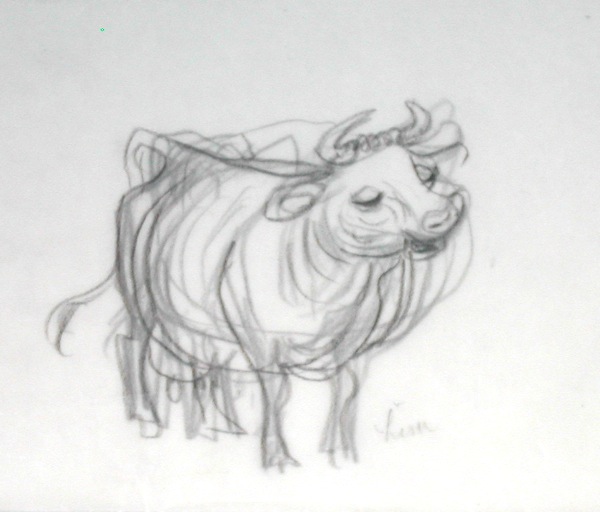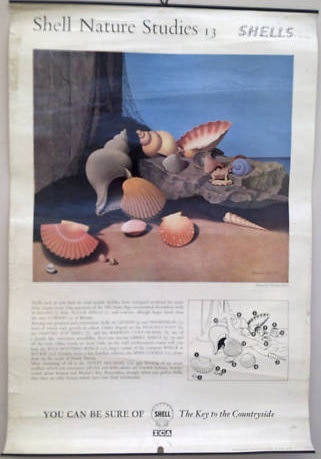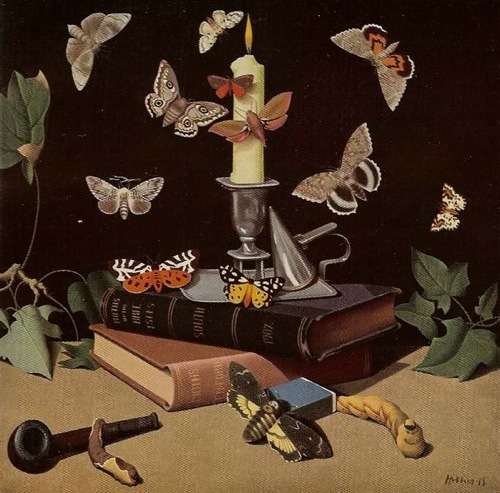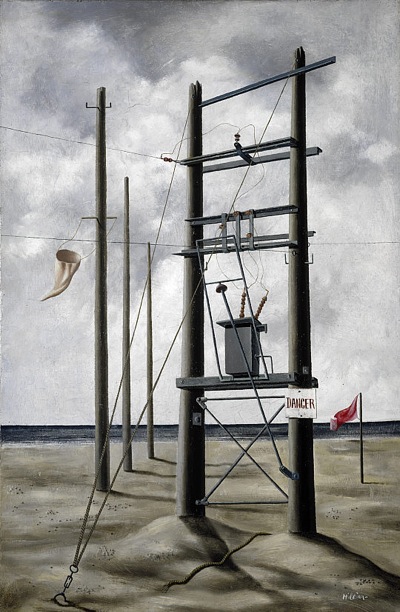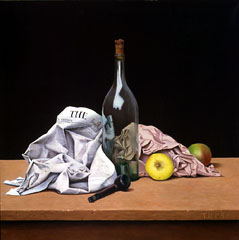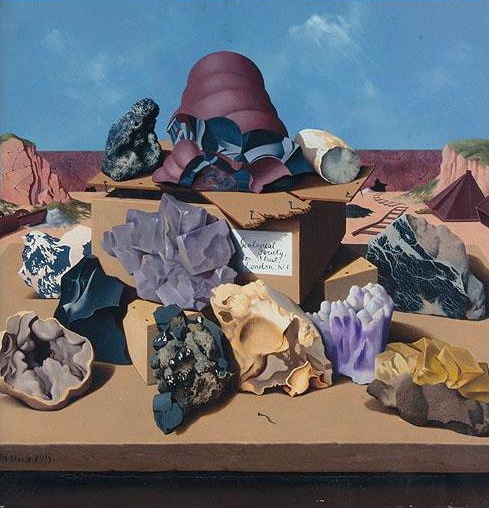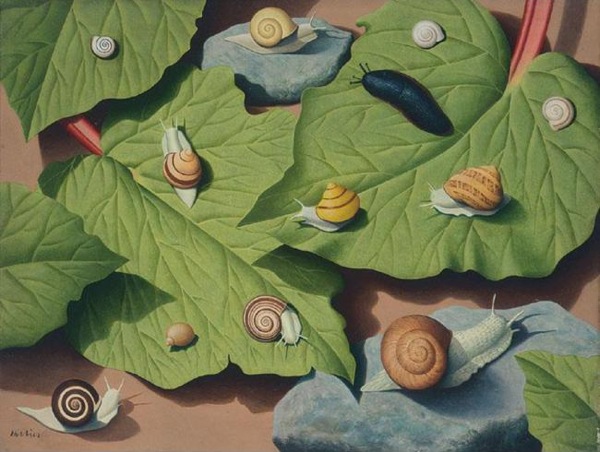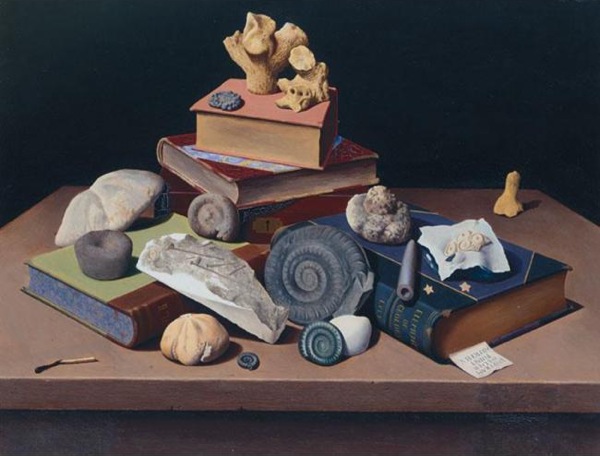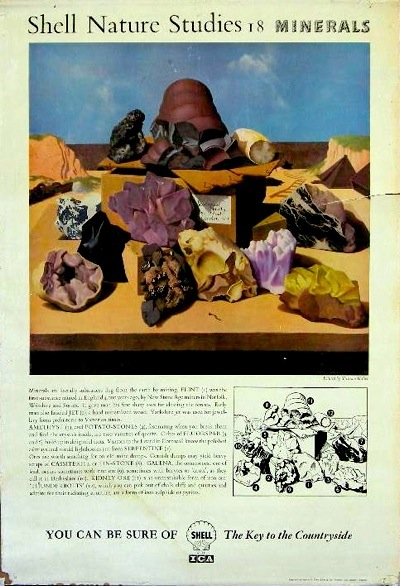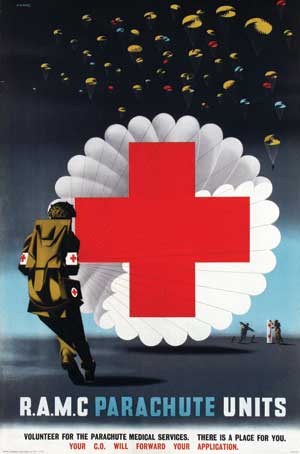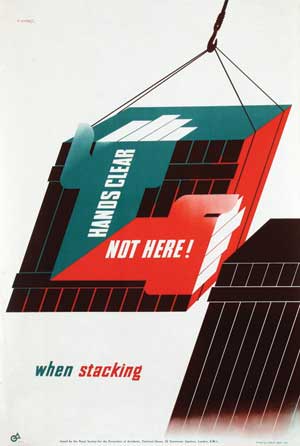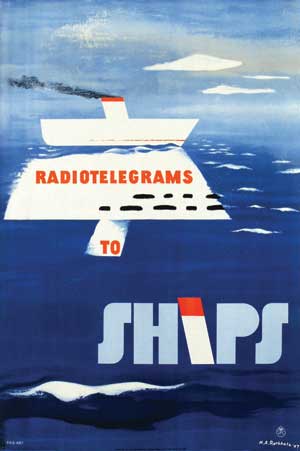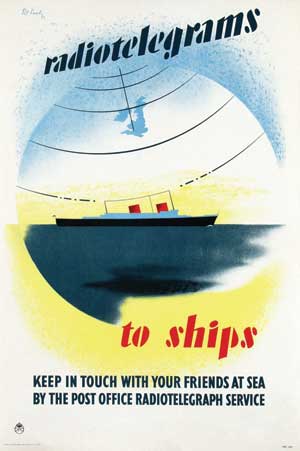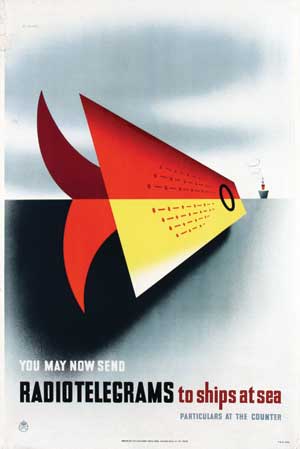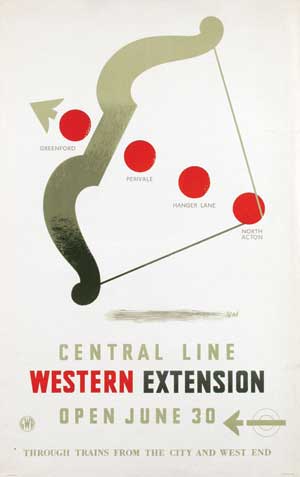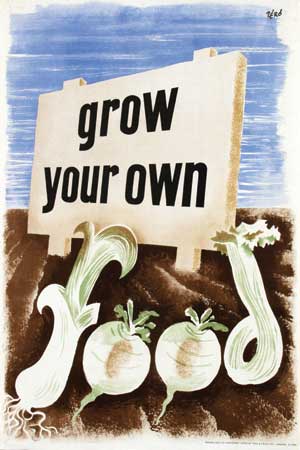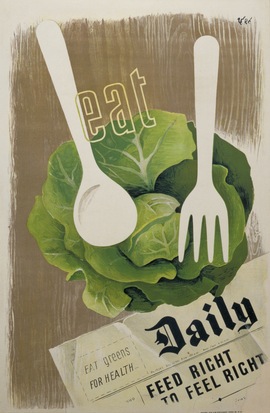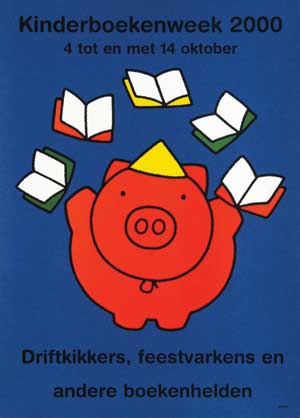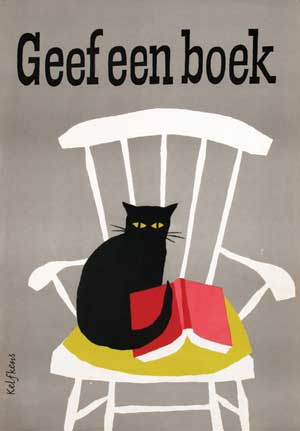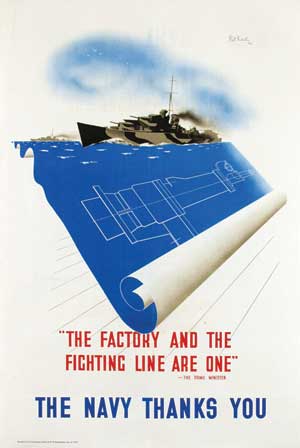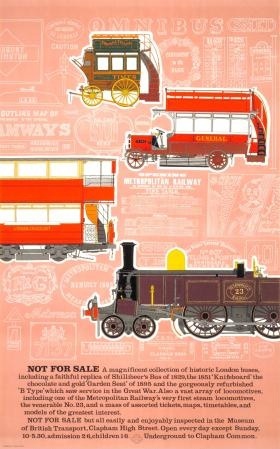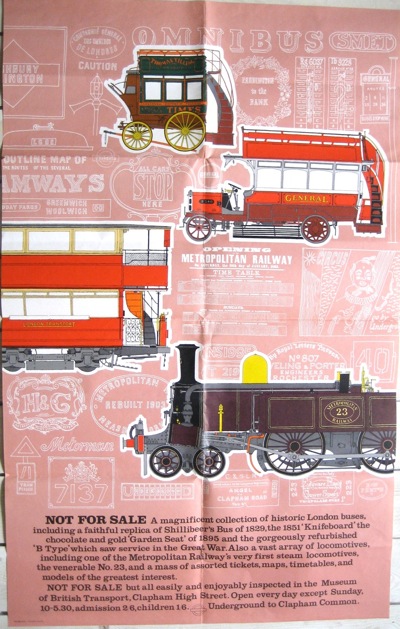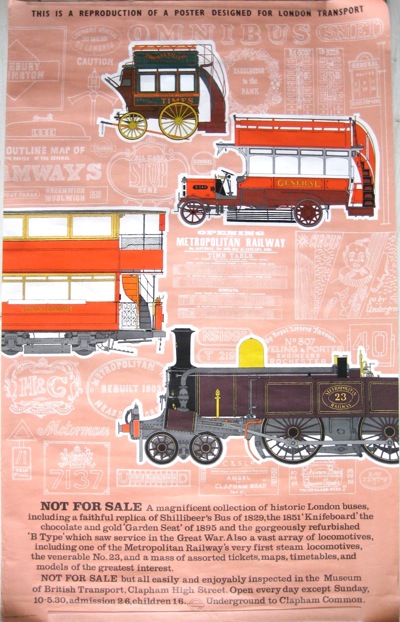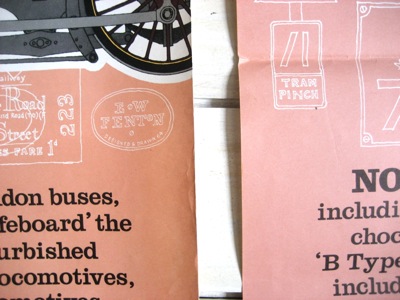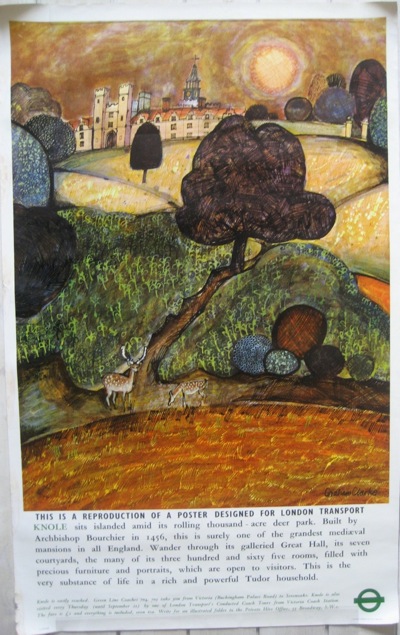Didn’t they do well?
Thirty thousand pounds.
For what is, in the end, just a piece of printed paper.
I know I’m a fine person to be saying anything of the sort, but it does seem a bit absurd. Mind you, I’m possibly think that £20,000 for this Dupas is even more absurd, because I do quite like the Bayer.
That had an estimate of £7,000-9,000, which gives you a pretty good index of how Christies Friday poster sale went. Most of the lots I was watching went for way over their estimate, including the idiosyncratic Polunin which I blogged about a few weeks ago.
Writing about it made me look at it carefully, and I decided I rather wanted it. Perhaps for the low end of its £700-900 estimate though; definitely not so much that I was prepared to pay over £2,000.
So are there any conclusions to take from this wild flurry of spending? In some ways (and despite the fact that we could afford nothing at all as a result) I’m quite pleased to see posters going for high prices again. In the last few sales I’ve watched, things have been pushed to even reach their estimates. Whether this was a result of the recession, or a sign that the poster collectors market had reached its peak was hard to judge. Whatever the reason though, it wasn’t a problem this time round. Of course this may just be a blip – the bidding madness engendered by a really good collection can’t be disregarded – so we shall have to see where the next few sales take us.
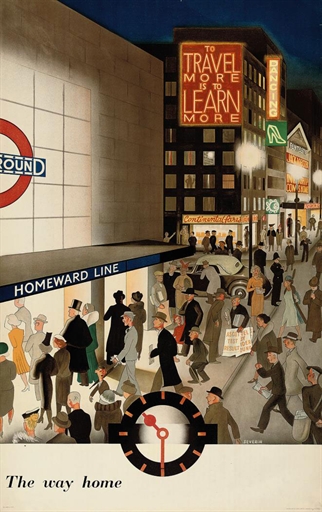
Mark Severin, 1938, fetched £4,000
Mr Crownfolio – who watched the whole thing go by on his computer as he worked – thought that the sale also marked an interesting change in taste. For once the countryside scenes didn’t seem to be the ones fetching the high prices; instead the metropolitan posters were doing better. So this little Austin Cooper bunny only fetched £250, well below its estimate. (Now I am really surprised about this, although given my prediliction for posters of slightly fey animals, I may not be the best person to judge.)
While T.S. Eliot on an overstuffed armchair below fetched £4,000 – when it had been estimated to go for less than the Cooper.
Mr Crownfolio suggested that perhaps this means that there is a new set of collectors coming into the market, urban professionals who like modernism and cityscapes rather than those – whoever they were – who wanted restful rural scenes. It’s an interesting thought, and we shall see if the trend holds.
In other news, size isn’t everything. This, which is by Percy Drake Brookshaw in his less lurid phase, doesn’t even measure 12″ x 20″ but went for £1,250.
I’d say the football connection might be driving the price up, but then this similarly-sized Charles Paine went for £3,500 too.
I rather like the disclaimer, presumably to stop Oxonians complaining that Cambridge were in the lead.
While we’re here, I also failed to notice this rather good Norman Weaver in the tail end of the lots. It’s more stylised than most of his work and rather pleasing on the eye.
It went for £1,000 – over estimate once more.
Which leads me to my main conclusion for the day. Lots of people have way more money than we do to spend on posters. Any other thoughts, anyone?
